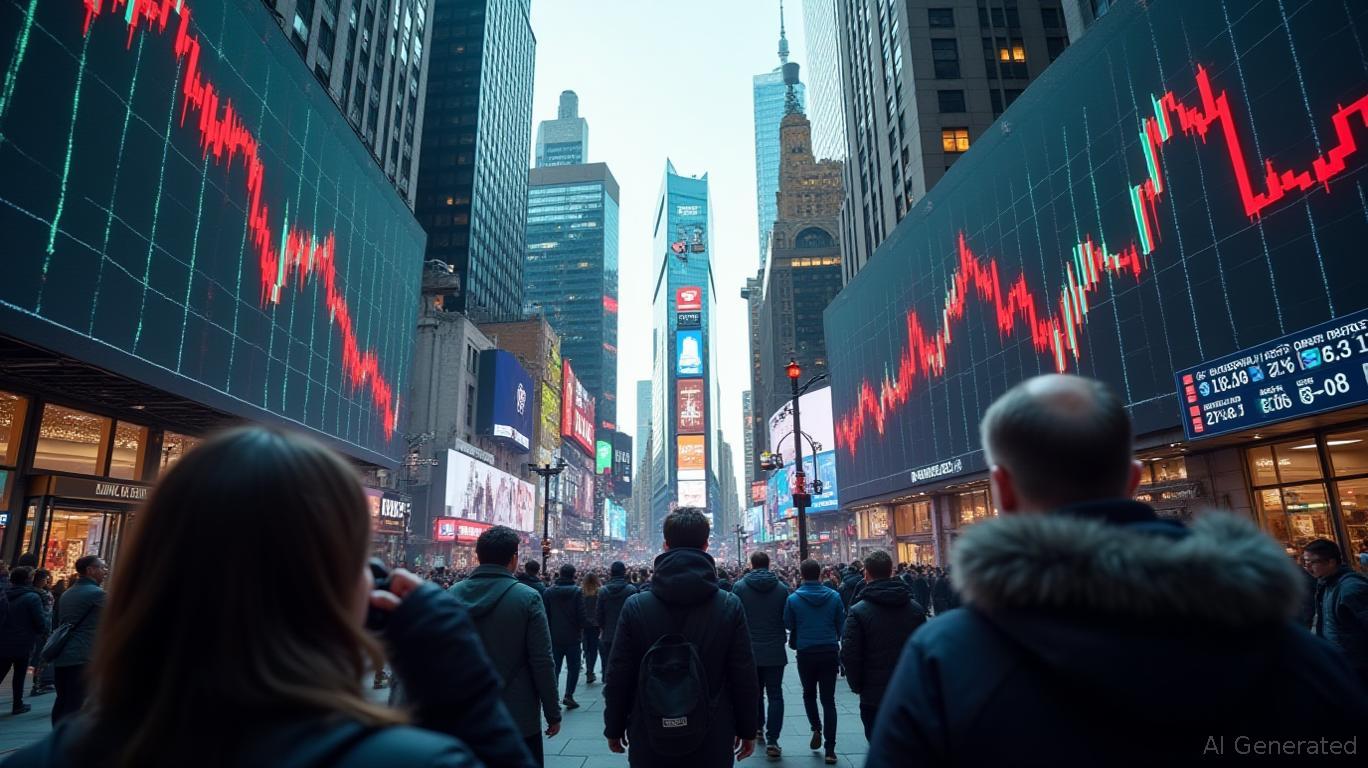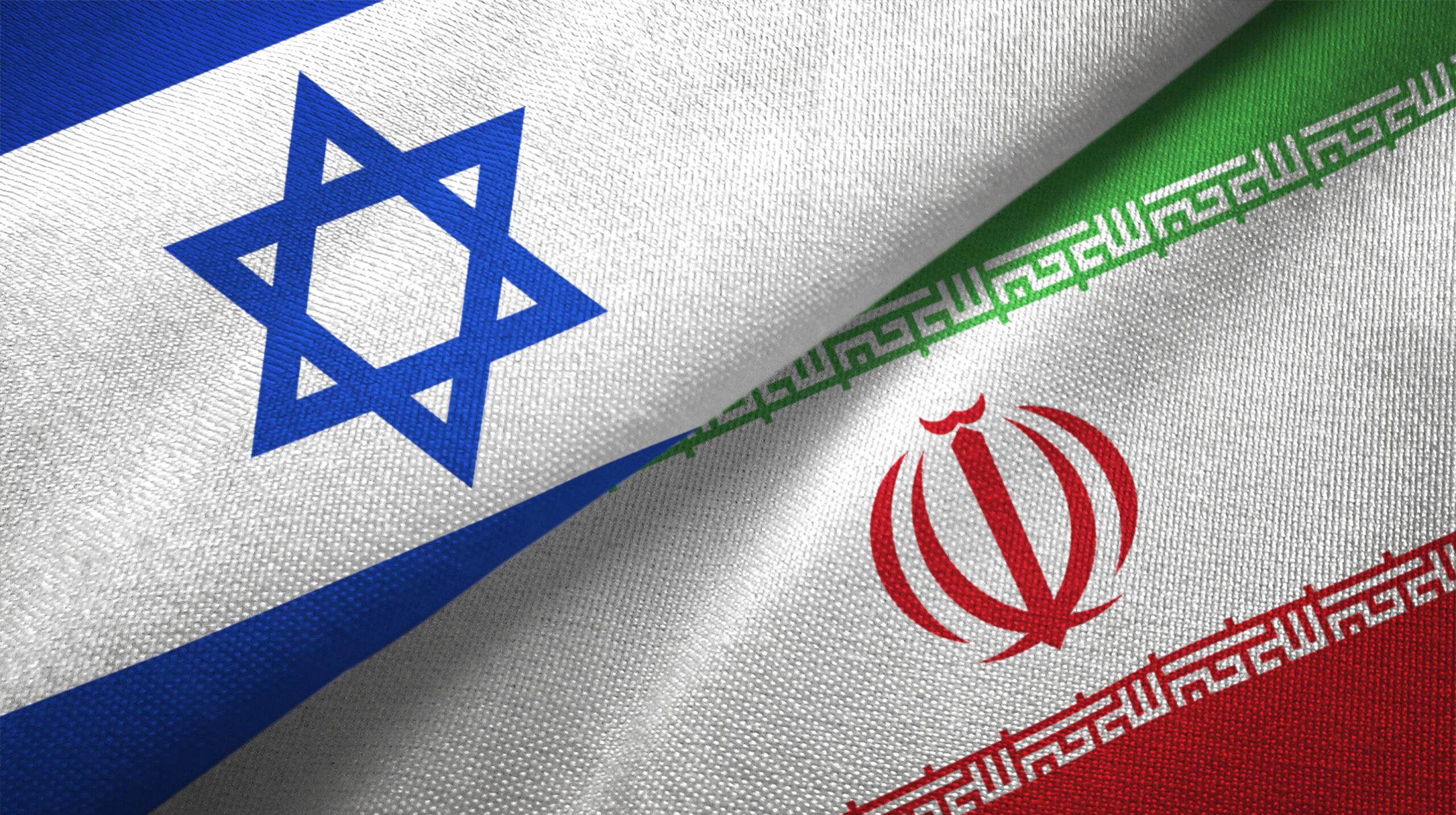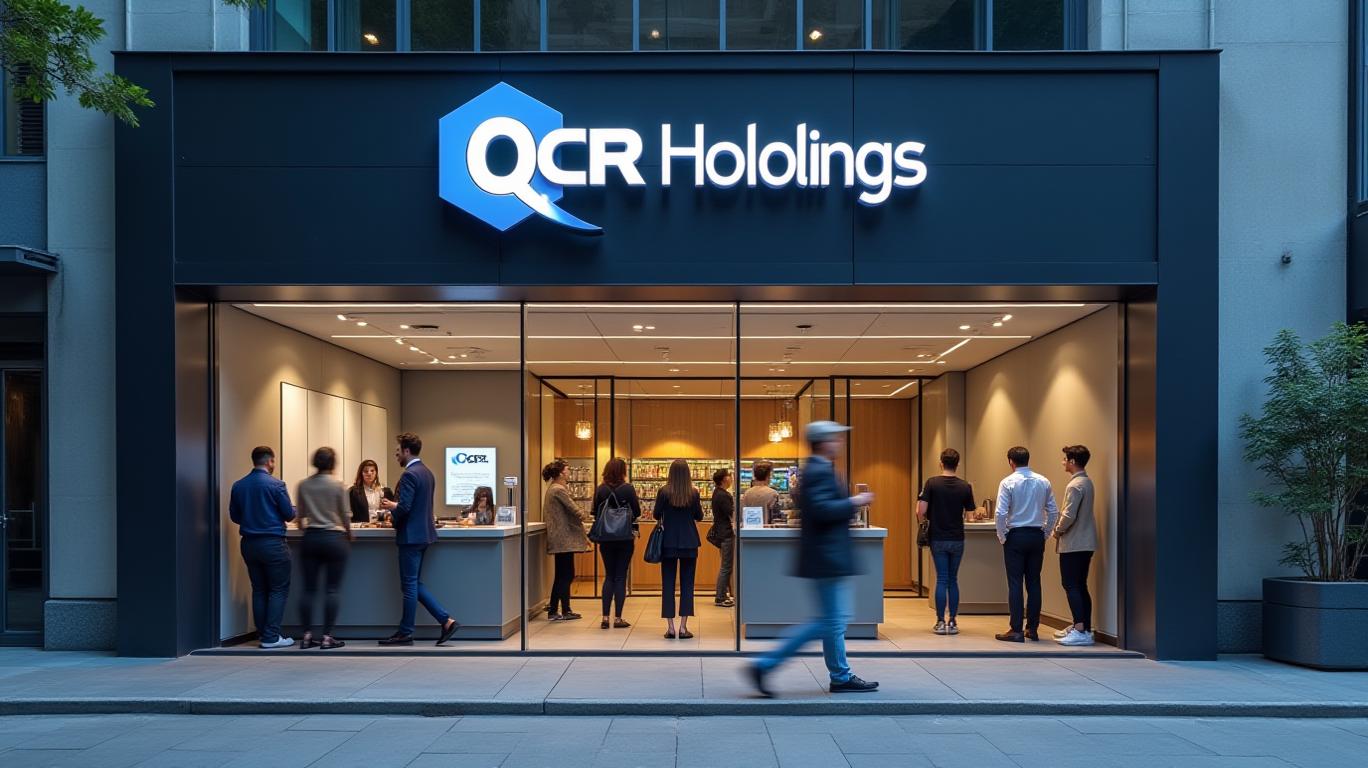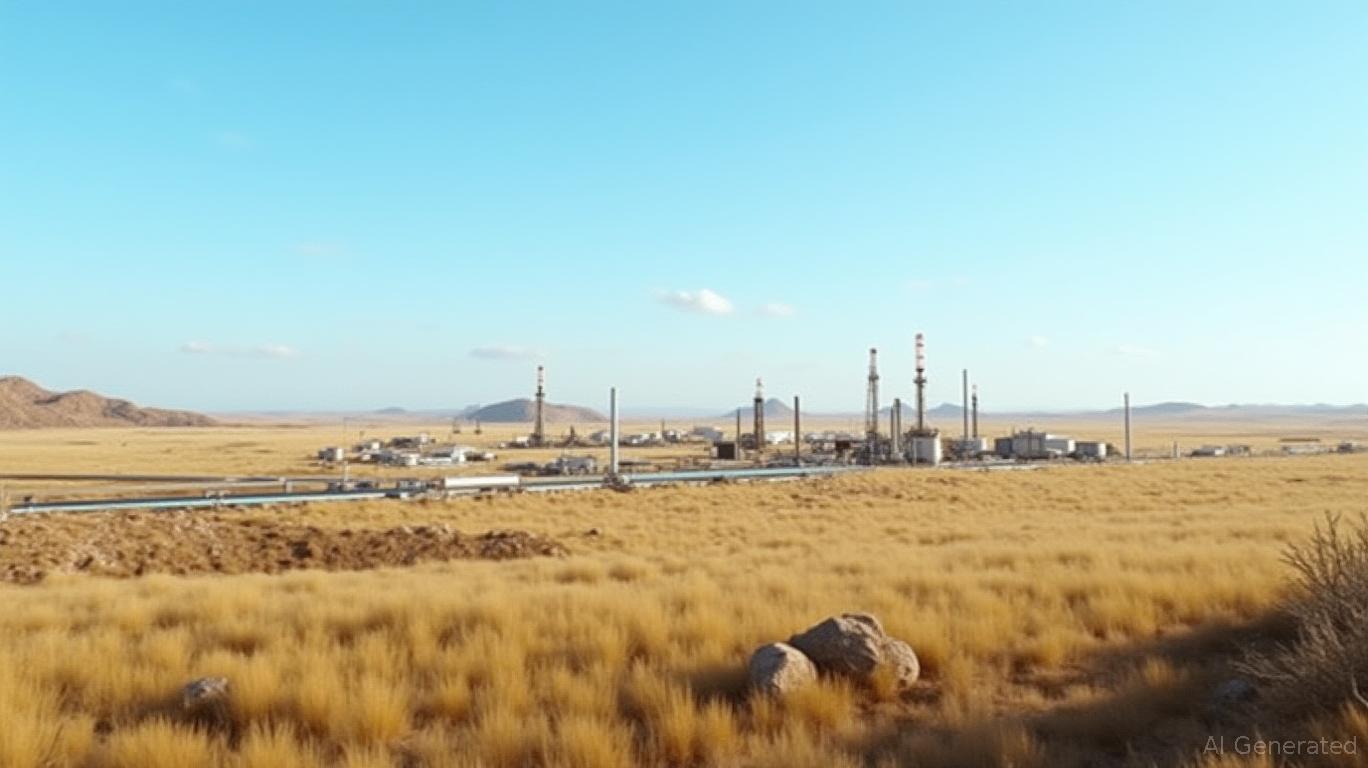Kroger (KR): A Dividend Dynamo with a Sustainable Payout Ratio
Kroger Co. (KR), one of America’s largest supermarket retailers, has long been a stalwart in the dividend-paying universe. With an 18-year streak of dividend increases and a payout ratio consistently under 40%, Kroger stands out as a model of dividend sustainability. But what makes its dividend so reliable, and is the stock still a compelling investment today?
The Payout Ratio: A Conservative Approach to Dividends
Kroger’s dividend sustainability begins with its 34% payout ratio for fiscal 2024—calculated by dividing annual dividends per share ($1.25) by net earnings per diluted share ($3.67). This ratio is well below the 50% threshold often cited as a warning sign for overextended dividends. By retaining nearly two-thirds of its earnings, Kroger has ample room to navigate economic cycles while rewarding shareholders.
The dividend’s growth trajectory reinforces this stability. Over the past five years, Kroger has increased its quarterly dividend from $0.18 per share in 2020 to $0.32 today, a 78% increase. Notably, the payout has risen steadily without abrupt jumps, signaling disciplined management.
Financial Health: Strong Cash Flows and Earnings
Behind the dividend lies a robust financial foundation. In 2024, Kroger generated $2.17 billion in free cash flow, after investing $3.6 billion in capital expenditures (e.g., store upgrades, digital infrastructure). This cash flow is critical for sustaining dividends and share buybacks.
The company’s profitability metrics are equally promising:
- Adjusted EPS rose to $4.47 in 2024, with guidance for $4.60–$4.80 in 2025, signaling continued earnings growth.
- Gross margins improved by 32 basis points due to cost efficiencies and higher-margin自有品牌 sales.
- Kroger’s debt-to-EBITDA ratio of 1.79x remains within its target range, preserving its investment-grade credit rating.
Capital Allocation: Dividends and Buybacks Working in Tandem
Kroger’s capital allocation strategy prioritizes shareholder returns:
- Dividends: The company plans incremental increases, with the current yield of 2.2% offering a modest but reliable income stream.
- Share Repurchases: Kroger has repurchased 65.6 million shares in 2024 under a $7.5 billion authorization, reducing the share count and boosting per-share metrics.
This dual focus—rewards for current shareholders and value creation through buybacks—aligns with Kroger’s goal of $2.8–$3.0 billion in 2025 free cash flow, which will further fuel these initiatives.
Growth Drivers: Digital Innovation and Media Revenue
Kroger isn’t resting on its dividend laurels. The company is investing in high-growth areas:
- Digital Sales: Surpassed $13 billion in 2024, with delivery revenue up 18% in Q4. Kroger’s partnership with Ocado for automated warehouses is a key differentiator.
- Media Revenue: Grew 17% to $1.35 billion, leveraging Kroger’s vast customer data to sell targeted ads. This segment now contributes meaningfully to profits.
- Sustainability Initiatives: Named to Newsweek’s “Most Responsible Companies” list, Kroger is aligning its operations with ESG principles, a trend that could attract socially conscious investors.
The Risks: A Competitive Retail Landscape
No investment is without risks. Kroger faces intense competition from Walmart (WMT), Target (TGT), and Amazon (AMZN), all of which are aggressively expanding their grocery footprints. Additionally, rising labor costs (associate wages now average $19/hour) could pressure margins if not offset by productivity gains.
KR Closing Price
TGT, WMT, COST, KR Payout Ratio
Conclusion: A Dividend Stock with Room to Grow
Kroger’s dividend is a testament to its financial discipline. With a 34% payout ratio, $2.17 billion in free cash flow, and a 2.2% yield, the stock offers a rare combination of income security and growth potential. The company’s focus on digital innovation, media monetization, and operational efficiency positions it to thrive in a competitive retail environment.
Investors should note that Kroger’s dividend is not the highest-yielding option—its yield lags behind peers like Costco (COST) or Target—but its sustainability and growth profile make it a safer long-term bet. With 2025 guidance pointing to higher EPS and free cash flow, Kroger remains a compelling choice for investors seeking dividends that can grow alongside their portfolio.
In a world where many retailers are struggling to maintain dividends, Kroger’s conservative payout ratio and proven track record stand out. For income-focused investors, this is a dividend dynamo worth considering.










